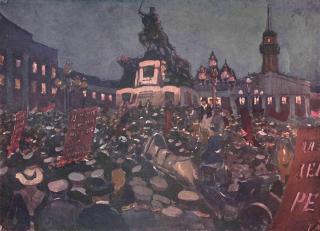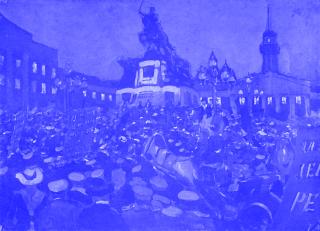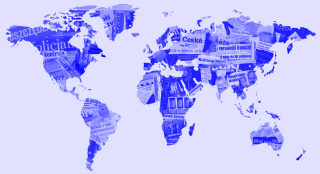Topic
Eastern Europe’s Turns and Shifts in Attempts at New Global Alignments
These researches aim at reconstructing and explaining how the upheavals observable in Eastern Europe in the century following World War I—from the post-imperial turn, followed by a Communist shift, to the post-socialist turn, followed by a populist shift—shaped attempts at politically realigning the world.

Eastern Europe and International Realignments After the »Great« Wars of the 20th Century
Almost all attempts international politics have made towards creating global realignments since the end of World War I were brokered by international organisations and more or less influenced by East-European conflict constellations. The post-imperial turn in this region after the 1917/1919 demise of the empires and tsardoms reigning from Vienna, Berlin and Moscow was succeeded, after the next world war, by the 1944/48 shift to communism. The subsequent global Cold War was ended 1989/91 in eastern Europe by the post-socialist turn, which itself shifted into populism after the financial, refugee and Corona crises. These political-historical researches aim to explain what regional expertise actors from Eastern Europe developed about the »global relevancy« of supra-regional problems since the start of the 20th century, and with what »global currency« they contributed to their solution.

